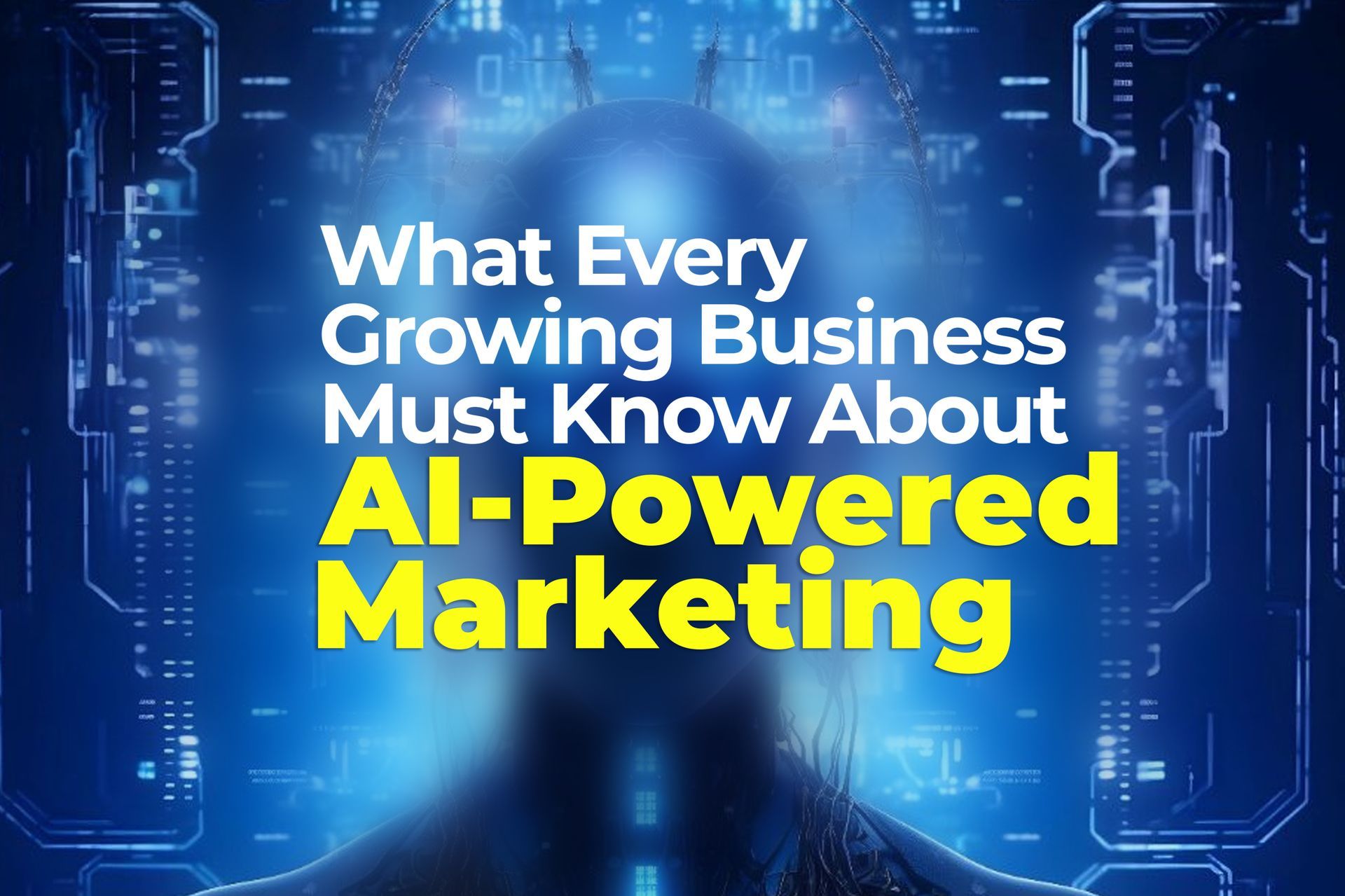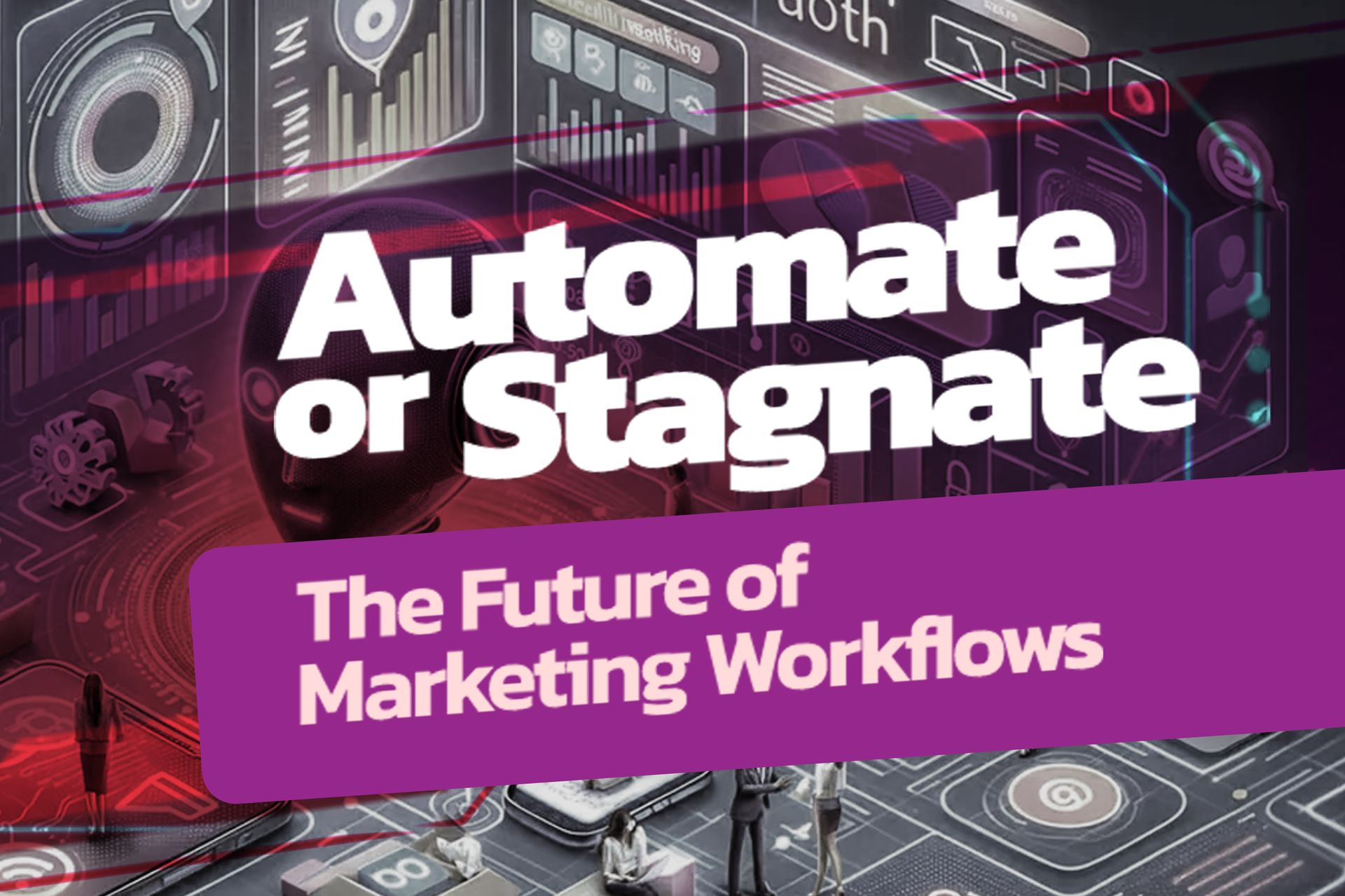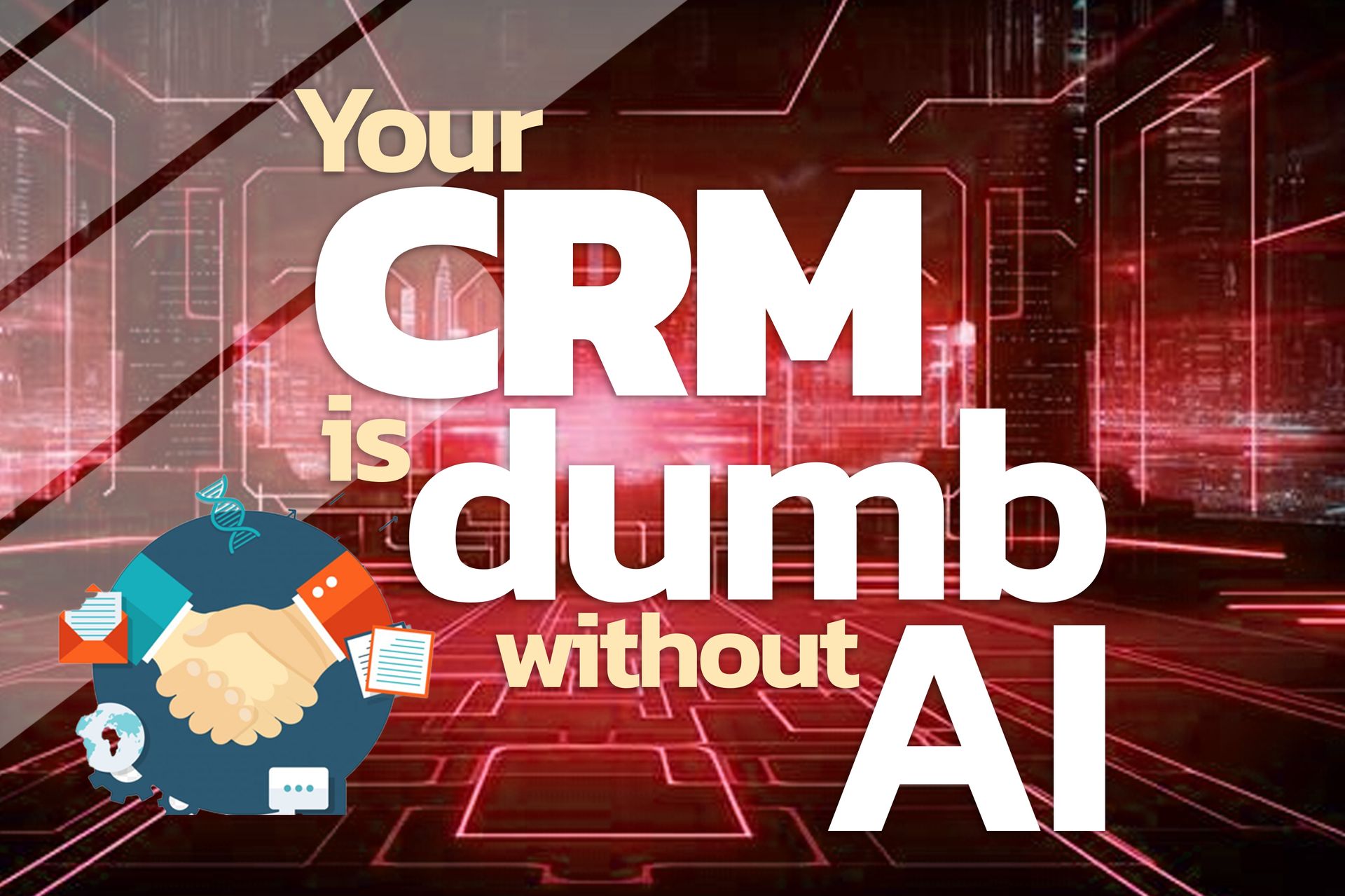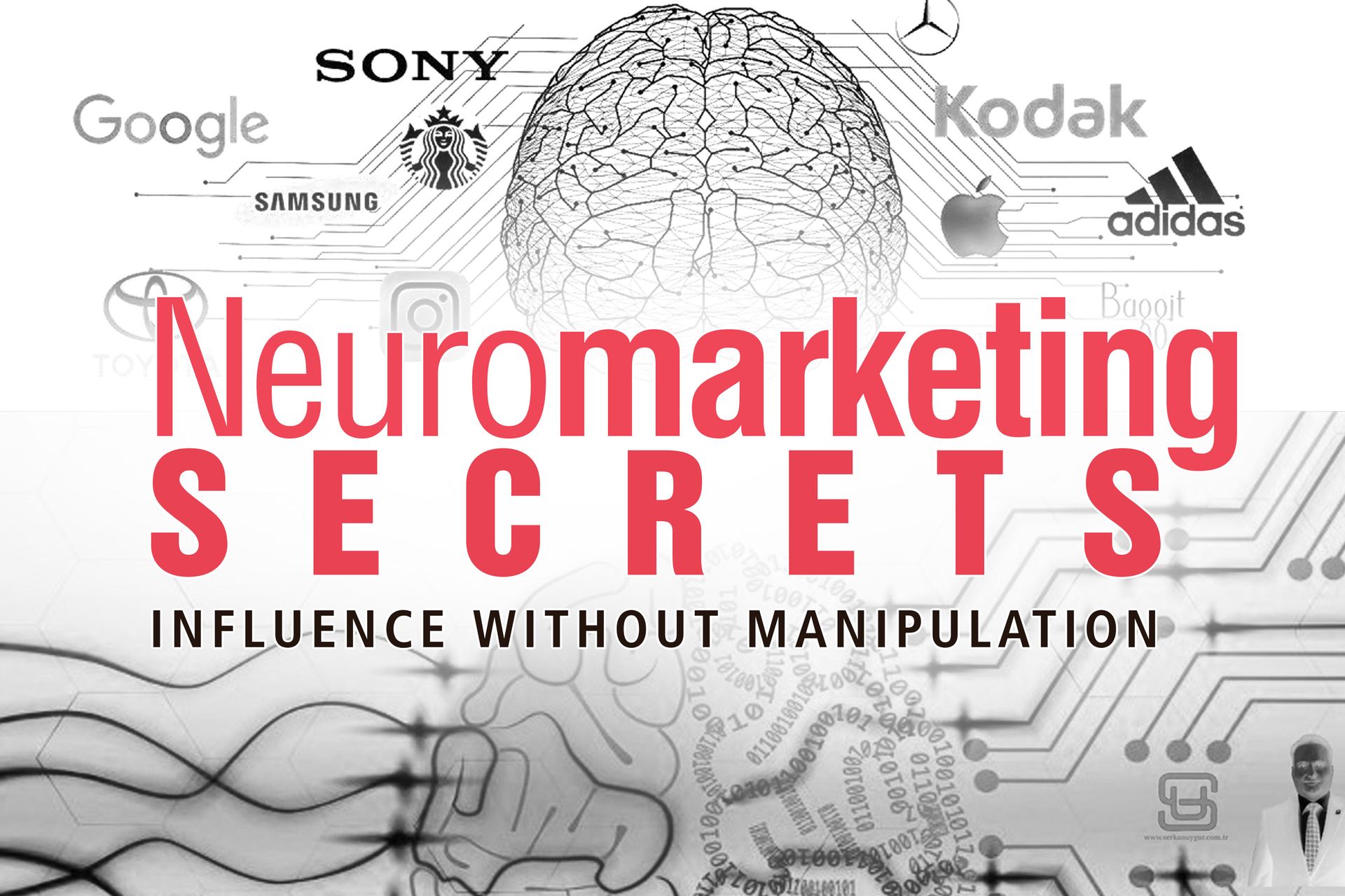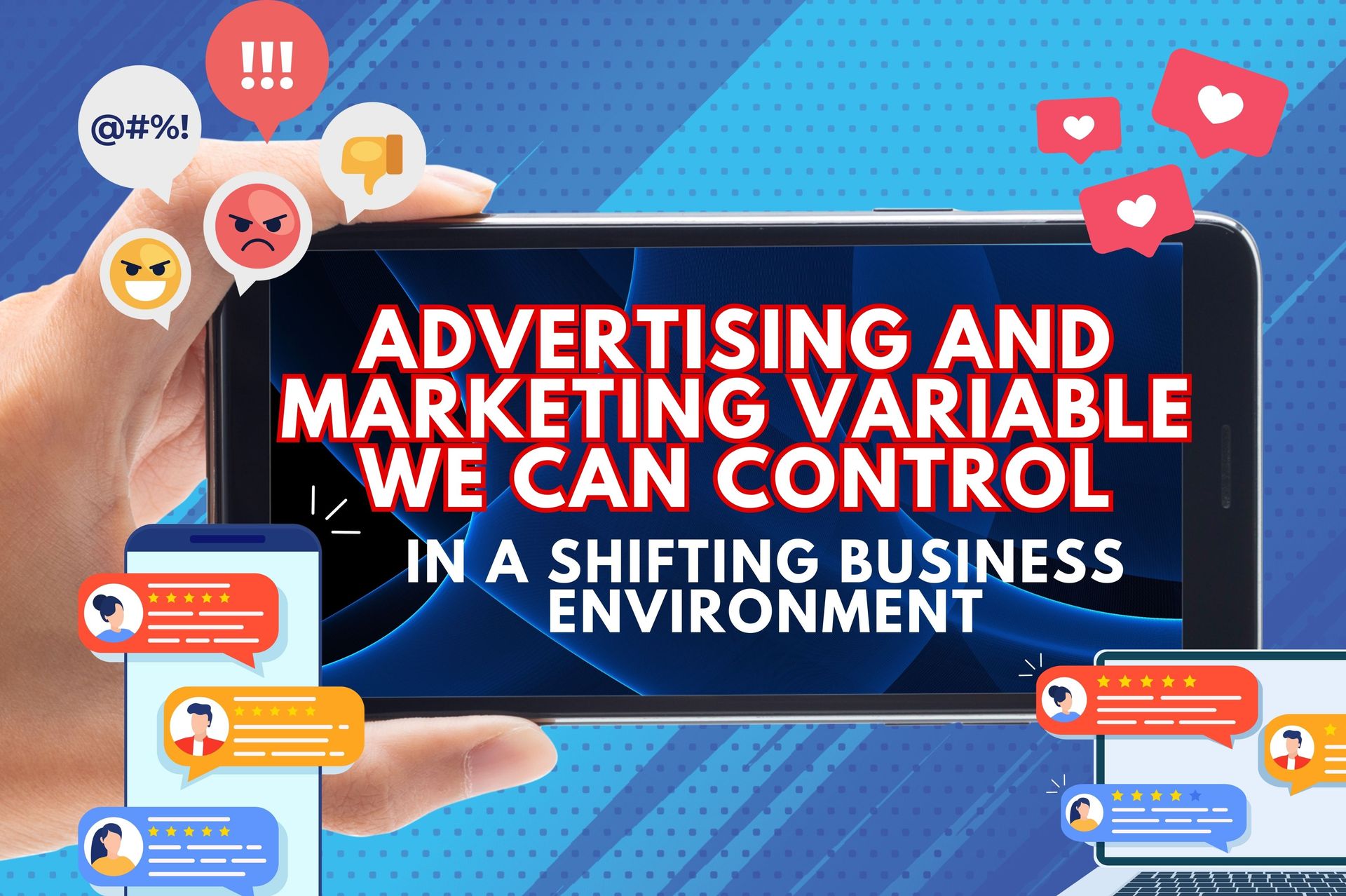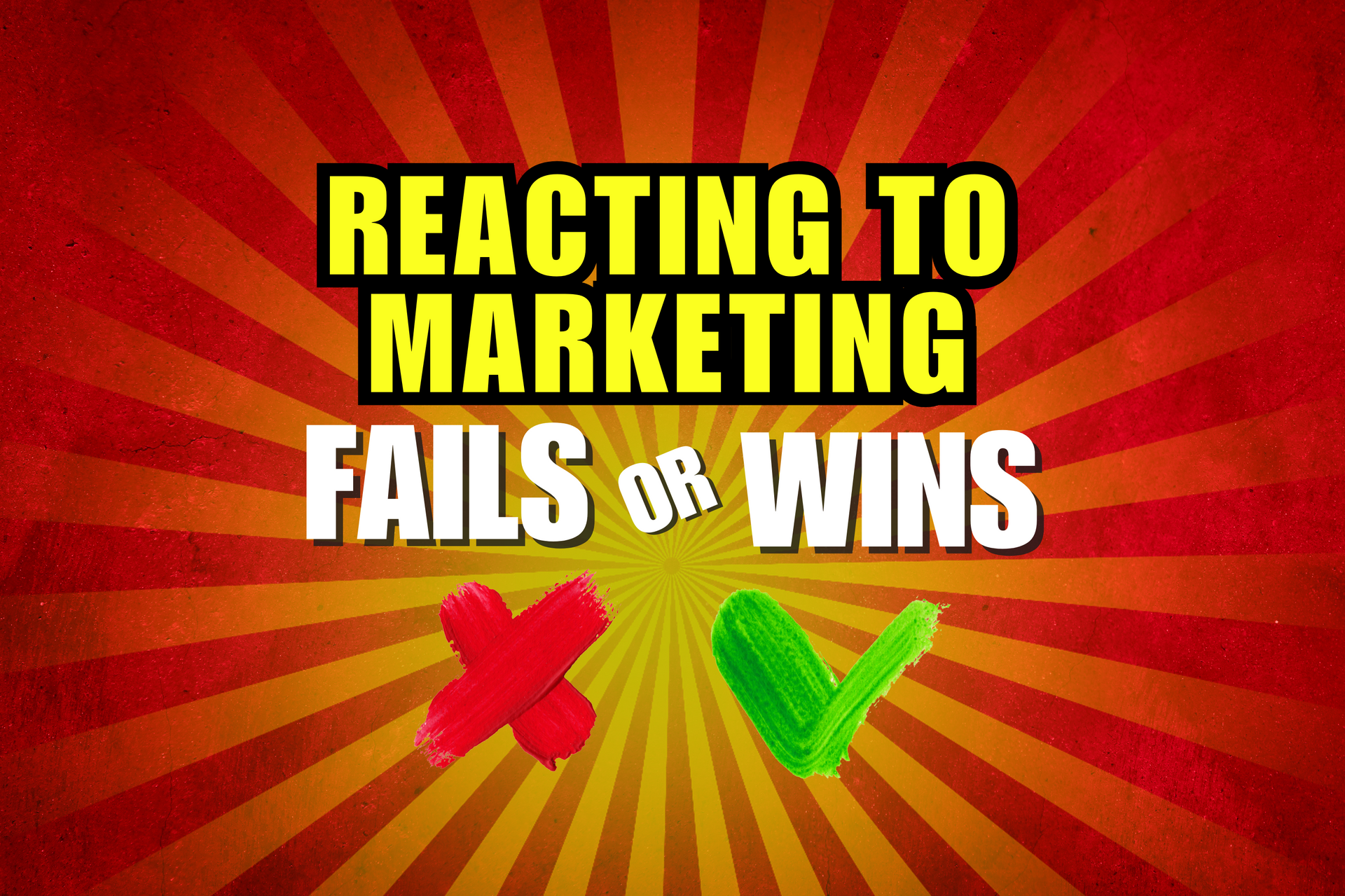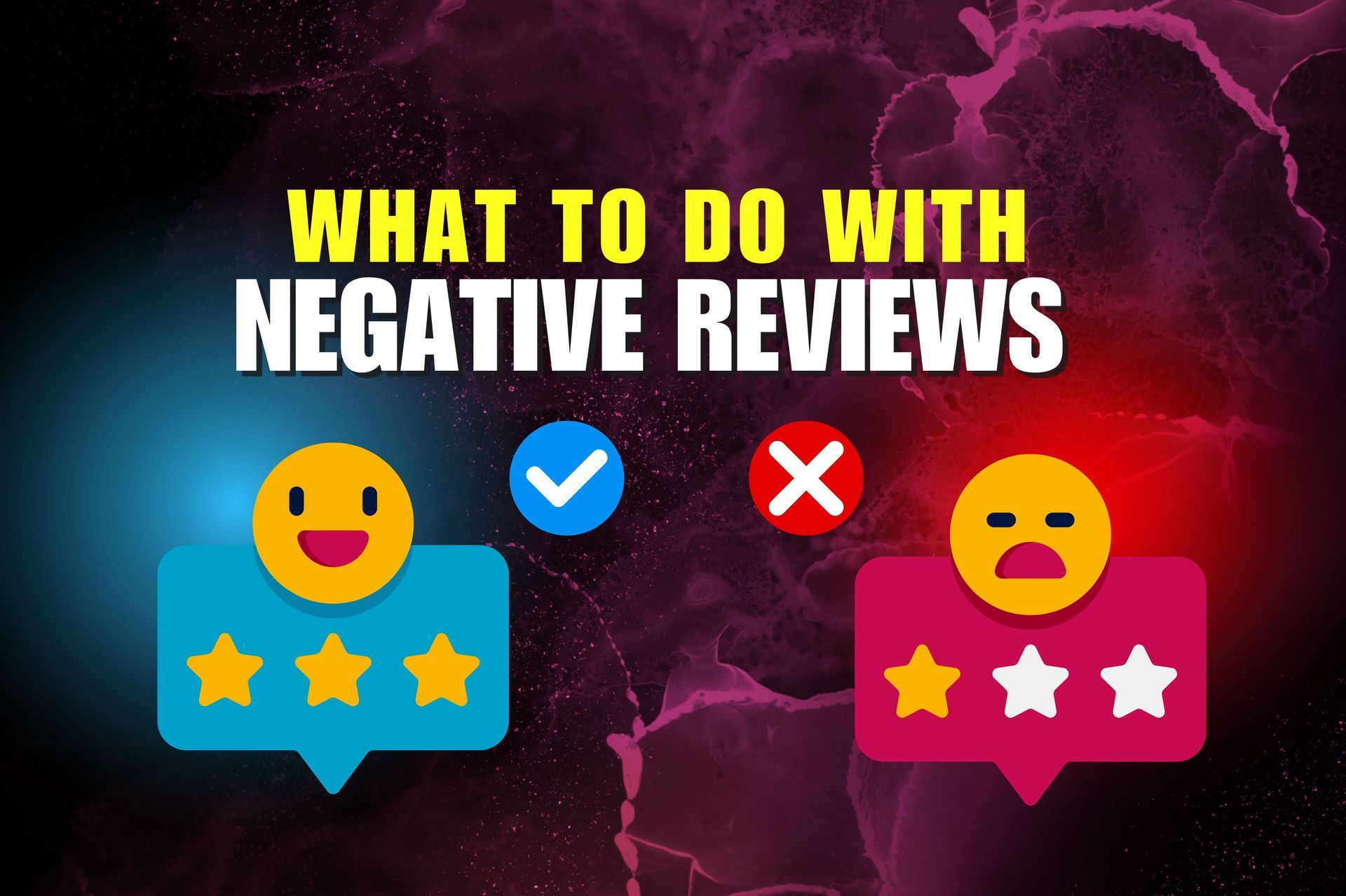Quick & Dirty - A Guide to Client Onboarding
Zack Greenfield • March 2, 2021
Welcome to another episode of quick and dirty marketing tips. My name is Zach Greenfield, and today we are green and mean, and we're about to cover onboarding and, or getting a sales commitment or more of a customer commitment. So an extension of our discussion on virtualizing your customer journey, we're going to kind of unpack, onboarding a new customer and how that can be done online, what tools we have today. So stick with us and we're going to jump right into it.
We got to discuss today. We're going to, we're chatting like we're diving in. We're unpacking this concept of virtualizing customer onboarding, which is so important to today's environment. Everybody's trying to do things online because we're, you know, not trying to get all close with each other. So, um, there's kind of two chapters to this. And the previous video we covered chapter one, which is like this idea, what I like to express as like this ramp from, you know, being a, uh, a new person all the way to being a great customer. But once they become a customer, you know, that last kind of part of the curve there is really customer onboarding.
So it was going to dive into that a little bit today. So to get granular on that, customers for your business usually have a different set of tools and a different set of, um, communications that they interact with versus somebody who's new to your business or that you're trying to indoctrinate or get them to convert and become a customer. So an existing client has a different bag of tools and onboard somebody who's decided to be one of your customers and get them to where they're proficient at working with your business, uh, and using your services usually takes some sort of onboarding experience. This is an amazing opportunity. And one that is so under utilized by small medium businesses, I came and stress enough what an amazing opportunity this is to leverage for your business because the, on the receiving end, the, the new customer feels so well cared for when this is done well, and they are a better customer because they understand the expectations, the arrangement that this sort of transactional re arrangement between them and your company, and you have a great chance in this process to manage their expectations.
So, um, they don't get disappointed, right? You know, the old saying is, uh, you know, expectations are the mother of disappointment. So you really want to manage those so that you end up with a happier, more informed customer that understands their role in working with your business very well. And at the root of this, the way to bottom line, this is that they understand how to work with you to get their problems solved, uh, in the best way possible. And nothing makes them more happier than that. So to virtualize that this is, you know, in some ways can be very simple. If you have a new customer, you might have like a spiel or some, you know, kind of new customer talk, and you might explain everything about your business, that like we do this and we do that. And here's how to get this.
And here's where to go to get that. And the drinking fountain is down the hall and the bathrooms on the left. And, you know, every time you come, you got to sign in. Every time you leave, you gotta sign out. And here's, you know, Jennifer, she works at the front desk. If you have problems, you talk to her, right? There's like this spiel, that pretty much every business app, we have one here. Um, we made a great video to get, you know, to deal with this, but, but everybody has that. So you want to take that sh that whole lecture, if you will, and break it into its meaningful components, like here's the things you need to be able to, you know, here's the tools to setting appointments. Here's the, you know, the way you need to know about our business, these are our hours. And you know, this is when we're available. Um, these are the ways to get additional services. You need to talk to John and, and uh, client services and he will help you if you need more. Right? So, so there's all these pieces, but you got to break them down into their little bit. And then you got to attack each one as part of your customer onboarding. And you you're maybe branches to that where, you know, you have customers that are doing services, a customers are doing services, be it customers, or during services, see with you, because you may have a couple of different selling channels. Then onboarding also becomes a cross sell opportunity to expose a, to B and C and expose your C customers to be an a right. Cause they might have come on in this other channel. And now is your chance to enhance the relationship.
So onboarding them is also part of educating them about all the things they didn't know and that they can get from you. Okay. So those that's, so for you, this is almost like a second selling opportunity, right? You can get it customer and on channel a and then expand the relationship by talking to them about B and C opportunities with you. Okay. So again, you're going to go back to your toolbox of making videos, explainer videos. So in, you know, we're coming up here, we're going to cover some types of videos. These, this, this explainer video or customer journey video really fits right into this part of the, you know, how you deploy those. And sometimes these aren't videos that are on a page, right? These might be media that is sent by email delivered so that they can, it's just specifically for one, you know, group of folks that are an, a certain timeline with their relationship with you.
So you have those tools, you have, um, documents and questionnaires that they can figure out, fill out to, you know, learn more about them and they will appreciate that you're interested. Right? So don't feel weird about asking your customers more about them because they now trust you enough to be a customer. So they're going to start to disclose more and the more they disclose, the more chance you have to help solve more problems and make more money. So don't hesitate in this part of the process to, to, um, engage them in learning more about what their issues are and what else you could do for them. Right. And then, uh, you know, again, you're gonna look at your tools that you have. So it's forms, videos, emails, web pages, and content, some texts. Although they're going to be a little resistant to reading a lot and get all the legal, if you have any of that out of the way.
So there's some stuff that just has to be done. Those are like housekeeping things. Okay. So again, write all that stuff down, start to organize it, and then map it down to the virtual tools that could substitute an employee doing it, you doing it, or some old paper way of doing it or not getting done at all, or customers are three months behind. They should've signed a waiver, but they keep coming to the rock wall because everybody forgets, you know, there's like, you know, this is a great chance to clean up as well. All right. So, uh, stick with us on the next one. We're going to dive into video placement and more page design things and how to kind of start bringing it all together. If this helped you sort of begin to pick that apart, pick this whole onboarding thing apart.

